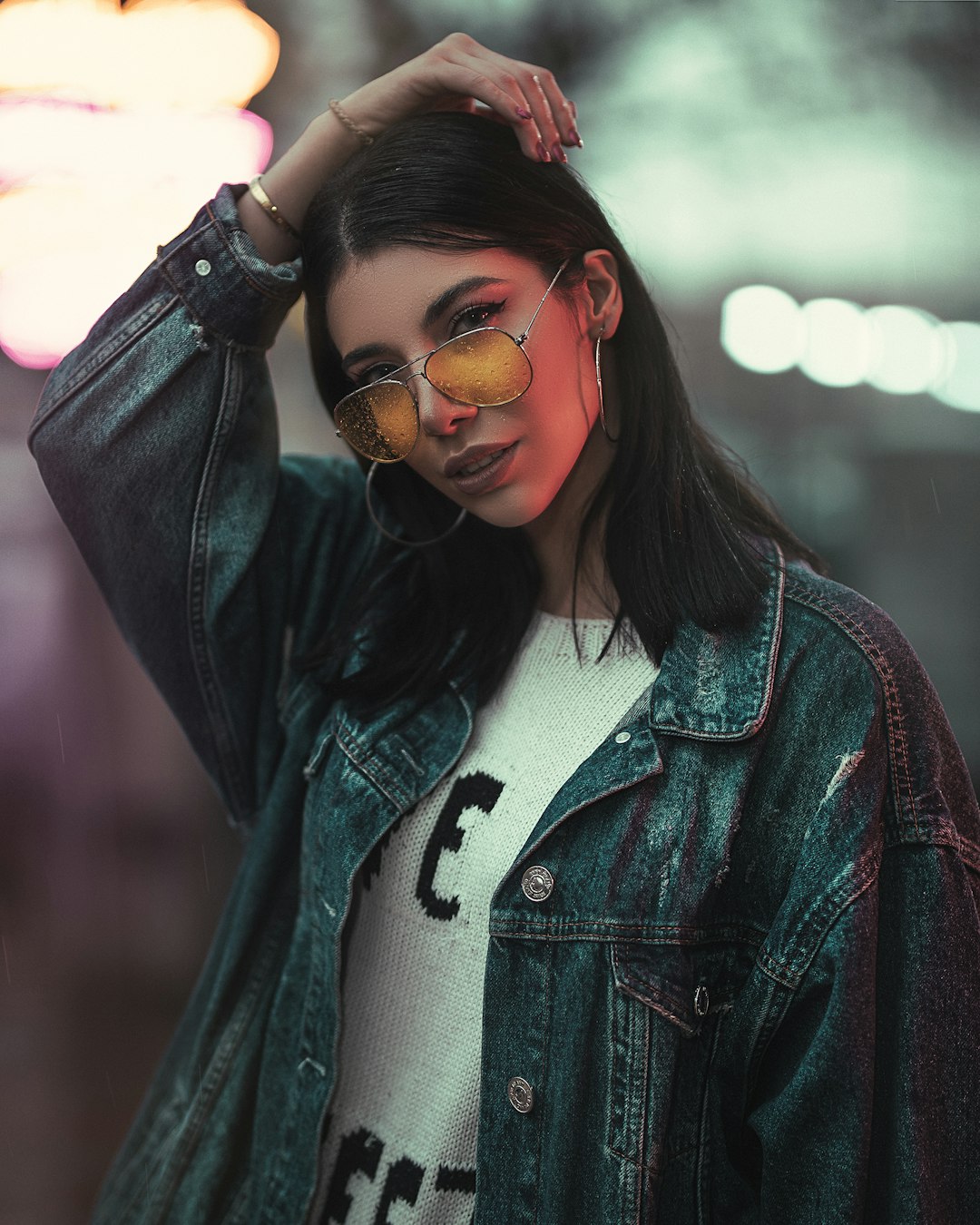The Influence of Street Style on High Fashion Runways
Fashion has always been a reflection of society, and one of the most interesting phenomena in recent years has been the influence of street style on high fashion runways. What was once considered a dichotomy between the runway and the street has now merged into a harmonious blend, where street style has become a driving force behind high fashion trends.
Street style refers to fashion that is not dictated by designers or fashion houses, but rather by individuals and subcultures on the streets of urban cities. It is a representation of personal style, influenced by music, art, and lifestyle, and often showcases individual creativity and self-expression. High fashion, on the other hand, refers to the collections showcased during prestigious fashion weeks, designed by renowned fashion houses and worn by celebrities and the wealthy.
In the past, high fashion was seen as exclusive and unattainable for the average person, while street style was associated with the everyday fashion choices of the masses. However, with the rise of social media and the democratization of fashion, the boundaries have blurred, and street style has become a major influence on high fashion runways.
High-end fashion designers and luxury brands have started to incorporate elements of street style into their collections. From sportswear-inspired looks to graffiti prints and oversized silhouettes, street style has infiltrated the runways of Paris, Milan, and New York Fashion Weeks. This fusion of high and low fashion has given birth to a new aesthetic that resonates with a wider audience and reflects the changing times.
One of the most significant reasons behind the influence of street style on high fashion is the rise of influencers and the power of social media. Platforms like Instagram have provided a platform for individuals to showcase their unique style and garner a massive following. These influencers have become style icons in their own right, with designers and brands clamoring to collaborate with them. This newfound accessibility and diversity has allowed street style to have a direct impact on high fashion runways.
Another reason for the increasing influence of street style on high fashion is the desire for authenticity and individuality. In a world where fast fashion and mass-produced clothing dominate, people are seeking something more personal and unique. Street style represents real people expressing their personal tastes, making it more relatable and desirable. High fashion has taken note of this longing for individuality and has integrated street style into their collections, creating a more personalized and relatable aesthetic.
Furthermore, the accessibility of street style has brought about a sense of diversity and inclusivity in the fashion industry. Historically, high fashion has been criticized for its lack of representation and diversity. However, through the influence of street style, designers have become more conscious of inclusivity and have started to feature models of different ethnicities, sizes, and gender identities on their runways. Street style has encouraged a more democratic and inclusive approach to fashion, inspiring designers to create collections that cater to a wider range of individuals.
In conclusion, street style has become a powerful force in shaping high fashion runways. What was once considered a divide between street fashion and high-end couture has now converged into a seamless blend, thanks to the power of social media, the desire for individuality, and the need for diversity. This fusion of styles has breathed new life into the fashion industry, making it more accessible, relatable, and in touch with the ever-changing desires of the consumer. Street style has truly revolutionized high fashion, proving that style is not just for the elite, but for everyone.
